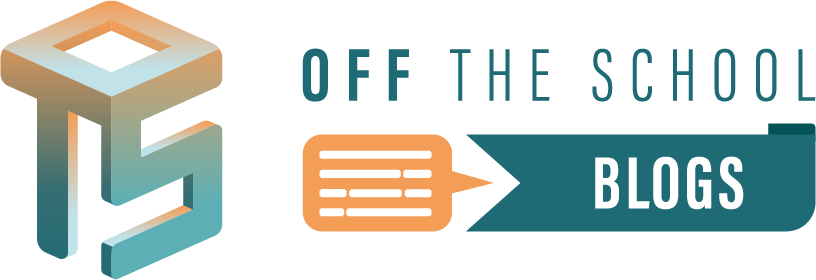The impact of artificial intelligence, particularly language models such as OpenAI’s GPT, on human creativity is a topic of much debate in the fields of technology and education. While some experts predict that AI will lead to the displacement of human jobs and limit creativity, others see the technology as an opportunity to augment human capabilities and foster innovation. In this blog post, we will explore the current understanding of how ChatGPT and other language models may affect human creativity and what role teachers and educational institutions may play in shaping the future of this relationship.
One of the key ways in which language models like ChatGPT may affect human creativity is through their ability to generate content. The technology is trained on large datasets of text and is able to produce highly coherent and contextually appropriate text based on a given prompt. In some cases, this technology is already being used to write articles, generate creative writing, and even design visual art. While it may seem like a cause for concern for creative professionals, it’s important to remember that language models like ChatGPT are simply tools and cannot replace the unique perspectives and experiences that humans bring to the creative process.
In fact, proponents of AI in creative fields argue that the technology can augment human creativity by providing new inspiration and avenues for exploration. For example, a language model like ChatGPT can generate a list of ideas for a creative writing project, or suggest new approaches to a design problem. This can help to jumpstart the creative process and provide a new perspective on a familiar task. Additionally, AI can help with the tedious and time-consuming aspects of creative work, such as research and data analysis, freeing up more time for the human creators to focus on the more imaginative aspects of their work.
Another important consideration is the role of education in shaping the relationship between AI and human creativity. As AI becomes increasingly integrated into our lives, it is crucial that we educate future generations on how to use the technology effectively and ethically. This means not only teaching them how to use the tools themselves, but also helping them to understand the implications of the technology and its impact on society. For example, students should be taught about the potential biases in AI systems and how to identify and address them.
In conclusion, while the relationship between AI and human creativity is complex and still unfolding, it is clear that the technology has the potential to both limit and augment our creative capabilities. It is up to us, as teachers and educators, to guide the future of this relationship and ensure that it supports the continued growth and development of human creativity. By approaching AI as a tool to be used in the service of human creativity, rather than a threat to it, we can help to ensure a bright future for both the technology and the humans who use it.

Meet Sir Faisal Amin – a visionary educator and content management expert, who has made a lasting impact in the education sector with his unwavering commitment and passion.








